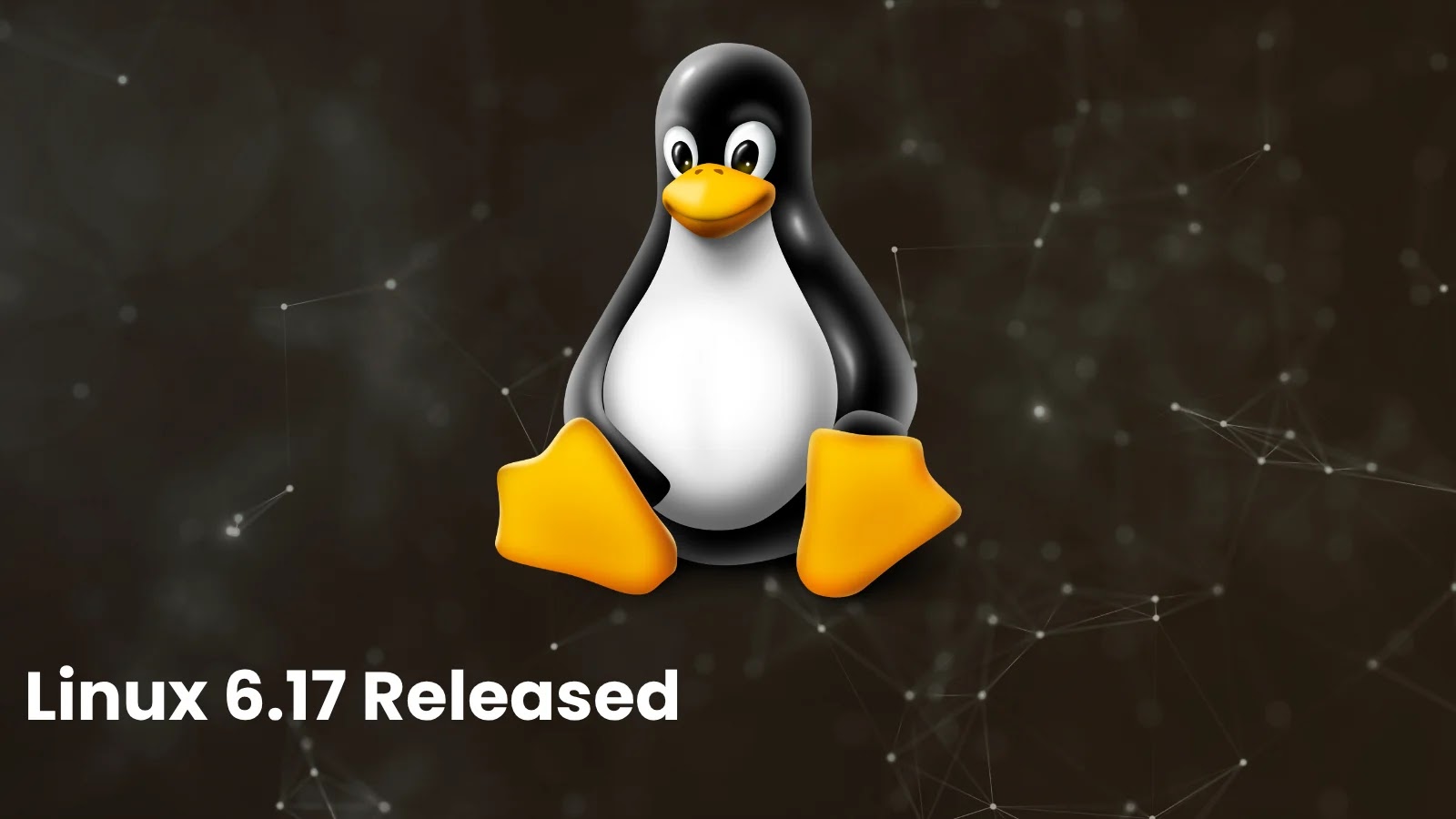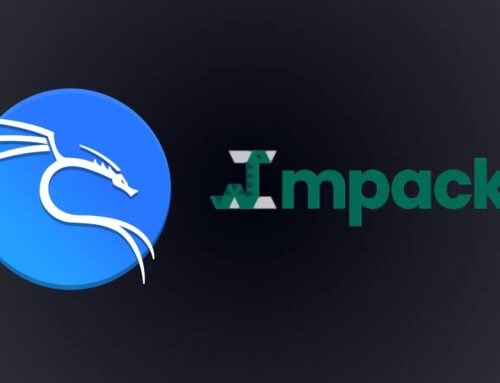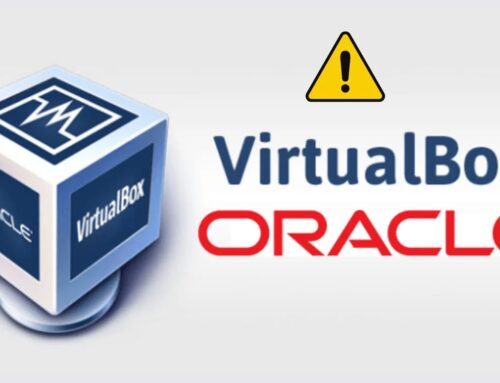
Linux 6.17 Released With Fix for use-after-free Vulnerabilities
In the relentless pursuit of robust and secure computing, even the most fundamental components demand constant vigilance and refinement. The Linux kernel, the very heart of countless servers, desktops, and embedded systems worldwide, is no exception. A new update has landed, bringing with it crucial improvements that underscore the ongoing battle against critical security flaws.
Linus Torvalds, the architect of Linux, has officially announced the release of Linux Kernel 6.17. While not heralded by groundbreaking new features, this iteration focuses on the bedrock of computing: stability, performance, and, most importantly, security. Among its numerous bug fixes and incremental advancements, a significant highlight is the remediation of use-after-free vulnerabilities – a class of bugs that consistently poses a severe threat to system integrity.
Linux Kernel 6.17: A Focus on Stability and Security
The latest release, Linux Kernel 6.17, represents the culmination of another development cycle, described by Torvalds as having “no huge surprises” in its final week. This measured pace often translates to a highly polished and stable release, a welcome characteristic for administrators and developers alike. The update incorporates a vast array of bug fixes, performance optimizations, and driver updates spanning various subsystems. These unglamorous yet essential improvements ensure the kernel remains robust, efficient, and compatible with the ever-evolving hardware landscape.
Beyond general stability, the 6.17 kernel specifically addresses critical security deficiencies. The proactive approach to patching vulnerabilities like use-after-free bugs is paramount in protecting systems from potential exploitation. This continuous cycle of development and patching is what keeps the open-source ecosystem resilient against emerging threats.
Understanding Use-After-Free Vulnerabilities
The term “use-after-free” (UAF) might sound abstract, but its implications are anything but. A UAF vulnerability occurs when a program attempts to use memory that has already been deallocated (freed) from the program’s address space. Once memory is freed, it can be reallocated for a different purpose or left in an undefined state. If the original pointer to that freed memory is still held and subsequently dereferenced, the program could:
- Access invalid data, leading to crashes or unpredictable behavior.
- Read sensitive information from newly allocated memory.
- Most critically: Write arbitrary data to a different part of memory, potentially leading to arbitrary code execution.
This latter scenario is particularly dangerous, as it can allow an attacker to seize control of the affected system. UAF vulnerabilities are notoriously difficult to detect and prevent during development, making their identification and patching in a stable release like Linux 6.17 a significant security win. While specific CVEs addressed in Linux 6.17 for use-after-free issues are not detailed in the provided source, past vulnerabilities like CVE-2023-4564 (an example UAF in an unrelated context) illustrate the severity of this class of bug.
Remediation Actions: Securing Your Linux Systems
Given the critical nature of use-after-free vulnerabilities and the general enhancements in Linux 6.17, upgrading your kernel is a high-priority action. Here’s how you can secure your systems:
- Immediate Kernel Upgrade: The most straightforward and effective remediation is to update your Linux kernel to version 6.17 or later. Most Linux distributions will provide this update through their standard package management systems.
- Regular Patching: Establish a routine for consistently applying security updates to your operating system and all installed software. This includes not just the kernel but also libraries, applications, and firmware.
- Monitoring and Logging: Implement robust system monitoring and log analysis. Unusual system behavior, application crashes, or unexpected network connections could indicate a compromise, potentially stemming from an exploited vulnerability.
- Principle of Least Privilege: Ensure that users and processes operate with the minimum necessary permissions. This can limit the impact if an attacker successfully exploits a vulnerability.
- Security Hardening: Apply general security hardening techniques, such as disabling unnecessary services, using firewalls, and implementing intrusion detection/prevention systems (IDS/IPS).
Tools for Vulnerability Detection and System Analysis
To aid in detecting vulnerabilities and maintaining a secure Linux environment, several tools are invaluable:
| Tool Name | Purpose | Link |
|---|---|---|
| Lynis | Audits system hardening, checks for vulnerabilities, and provides security recommendations. | https://cisofy.com/lynis/ |
| OpenVAS / Greenbone Vulnerability Manager (GVM) | Comprehensive vulnerability scanner for network devices and operating systems. | https://www.greenbone.net/ |
| Nessus | Widely used commercial vulnerability scanner to identify security flaws in systems. | https://www.tenable.com/products/nessus |
| ClamAV | Open-source antivirus engine for detecting malware, including some rootkits. | https://www.clamav.net/ |
| auditd (Linux Audit Framework) | Provides detailed logging of system calls and processes, crucial for forensic analysis. | https://linux.die.net/man/8/auditd |
Conclusion
The release of Linux Kernel 6.17, with its deliberate focus on stability and security enhancements, including fixes for use-after-free vulnerabilities, is a critical development for anyone relying on Linux. While it may not introduce flashy new features, its contribution to the overall resilience and integrity of the Linux ecosystem is substantial. Promptly upgrading to this latest kernel version is a foundational step in maintaining a secure and reliable computing environment, effectively mitigating the risks associated with a dangerous class of memory corruption bugs.





